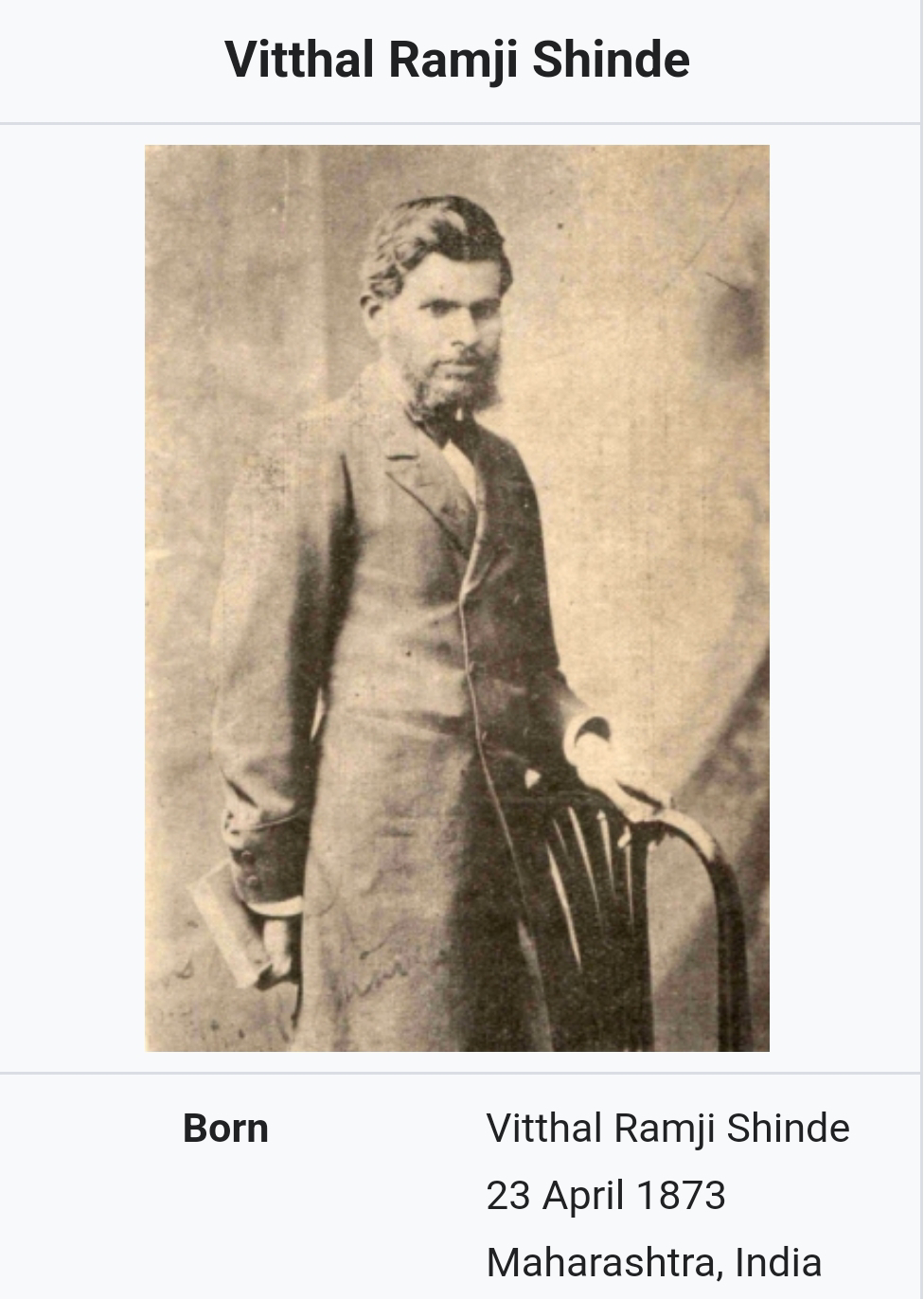Class 7 GeographyLesson no.4. Air Pressure (Textual Question and answers, Page no. 16 to 20)
Class 7 Geography
Lesson no.4. Air Pressure (Textual Question and answers, Page no. 16 to 20)
Q. 1. Give reasons:
(1) Air pressure decreases with increasing
altitude.
Ans: 1.The proportion of dust in the air, water vapour, heavy gases, etc. is higher in the air closer to the surface of the earth. This proportion decreases with increasing altitude.
2. As one moves higher and higher from the surface of the earth, the air becomes thinner and thinner.
3.As a result, the air pressure decreases with increasing altitude.
(2) Pressure belts oscillate.
Ans:
1. The duration and the intensity of sunrays varies during particular periods of the year in both the hemispheres.
2.As a result, the locations of the temperature zones and the pressure belts dependent on the sun’s heat also vary.
3. This change is of the order of 5° to 7° towards north in Uttarayan, and 5° to 7° south in Dakshinayan.
4.In this way Pressure belts oscillate
Q. 2. Give short answers to the following
questions.
(1) What effect does temperature have on
air pressure?
Ans: 1.Temperature and air pressure are closely related.
2.Wherever the temperature is high, the air pressure is low.
3.As the temperature rises the air
gets heated, expands, and becomes lighter.
4.This lighter air in the vicinity of the earth’s surface starts moving up towards the sky.
5.As a result, the air pressure in such areas decreases.
(2) Why is the subpolar low pressure belt
formed?
Ans: 1.Due to earth’s curvature, the area between two parallels get reduced as we move towards the poles.
2.This results in lesser friction of the
air with the earth’s surface.
3. Air in this region is thrown out because of this reduced friction and also because of the earth’s rotational motion.
4. This leads to the development of a low pressure belt.
5. This condition is observed in the area between 55° and 65° parallels in both the hemispheres.
Q. 3. Write notes on:
(1) Mid-latitudinal high pressure belts
Ans:
1.The heated air becomes lighter, starts
ascending and after reaching higher altitudes,
moves towards the polar region, i.e., towards
the North and the South Pole. 2.Due to low
temperatures at the higher altitudes, the air
cools down and becomes heavier.
3.This heavier
air descends down in both the hemispheres in the
region between 25° to 35° parallels.
4. This leads
to the formation of high pressures belts in these
parallels of latitudes in both the hemispheres.
5.This air is dry, hence the region does not get
rainfall.
6.Consequently, most of the hot deserts
on the earth are found in these regions.
(2) Horizontal distribution of air pressure.
Ans: 1.Temperature zones and pressure belts are
interrelated to each other but the latitudinal extent of the temperature zones is much larger
while pressure belts are narrower.
2. For example, the Temperate zone
extends from 23° 30' to 66° 30'. Compared to
this, the air pressure belt has a limited extent.
3. It is
generally up to 10° parallel.
4.The uneven distribution of temperature
influences the distribution of air pressure
too.
5.This leads to the formation of low and
high pressure belts horizontally between the
equator and the poles
Q. 4. Fill in the gaps with the appropriate option.
(1) At higher altitudes air becomes
................ (thicker, thinner, hotter, more humid)
Ans: At higher altitudes air becomes thinner.
(2) Air pressure is expressed in ................
(millibars, millimetres, millilitres,
milligrams)
Ans: Air pressure is expressed in millibars.
(3) On the earth, air pressure is .............. .
(uniform, uneven, high, low)
Ans: On the earth, air pressure is uneven
(4) The .................... pressure belt spreads
between 5° North and 5°South parallel.
(Equatorial low, Polar high, Subpolar
low, Mid-latitudinal high)
Ans: The equatorial low pressure belt spreads between 5° North and 5°South parallel.
Q. 5. How does a high pressure belt get formed near 30° parallel? Why does this region have hot deserts?
Ans: (i) The heated air from the equatorial region becomes lighter, starts ascending and after reaching higher altitudes, moves towards the polar region, i.e., towards the North and the South Pole.
(ii) Due to low temperatures at the higher altitudes, the air cools down and becomes heavier. This heavier air descends down in both the hemispheres in the region between 25° to 35° parallels.
(iii) This leads to the formation of high pressures belts in these parallels of latitudes in both the hemispheres.
(iv) This air is dry, hence the region does not get rainfall. Consequently, most of the hot deserts on the earth are found in these regions.
Q. 6. Draw a neat diagram showing pressure belts. Label the diagram.



Comments
Post a Comment